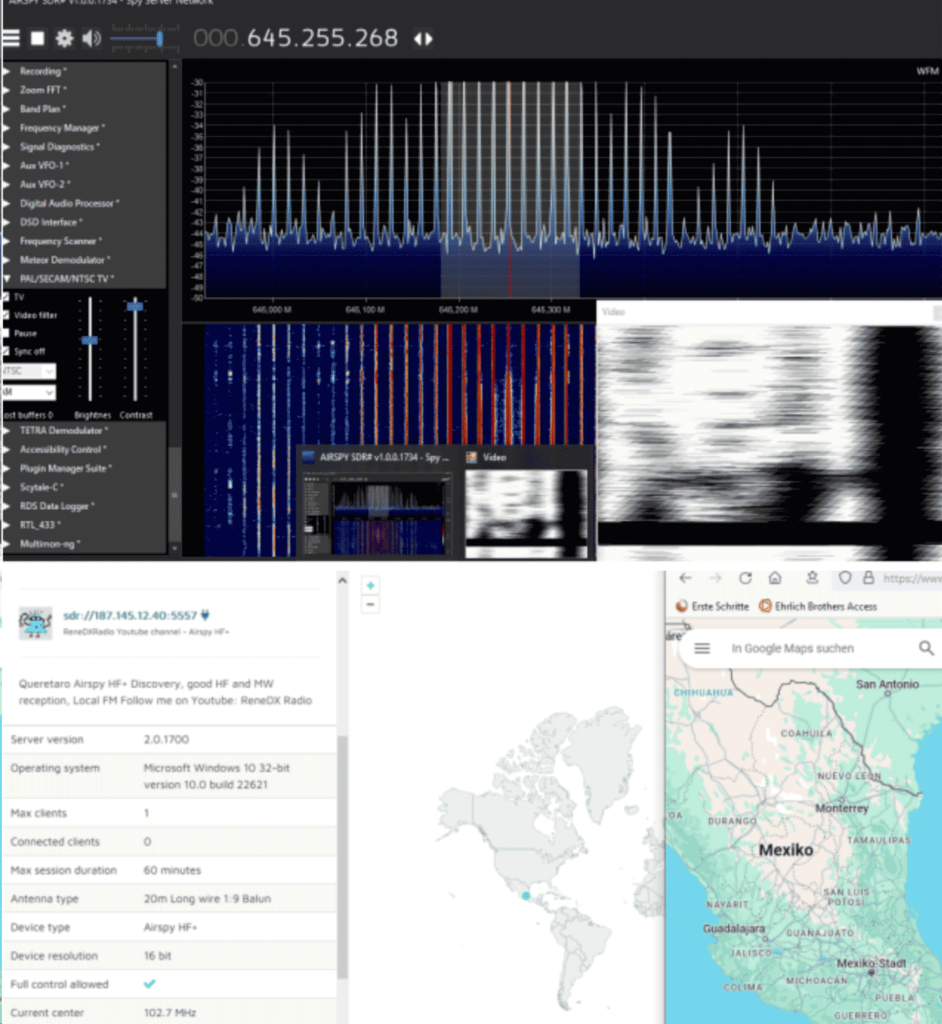TechMinds: A Review of the RigExpert FobosSDR
Earlier this year the Ukrainian company RigExpert released the FobosSDR, and only recently has it become available to most people in the world via global resellers. FobosSDR is an RX-only USB 3.0 device, with a 100 kHz to 6 GHz tuning range, 50 MHz of bandwidth, and 14-bit ADC resolution. Current pricing from US resellers is US$395 and from EU resellers around 495,00 €.
Recently Matt from the TechMinds YouTube channel reviewed the FobosSDR, showing an unboxing, description and review of the hardware. Unfortunately, while the specs on paper look good, Matt notes that the FobosSDR does not perform well.
In the video, Matt starts by testing around the broadcast FM band and shows how the FobosSDR suffers from multiple mirrored signals, even with the gain settings turned right down. He notes that other similarly priced SDRs perform a lot better and that even an RTL-SDR performs better.
Matt then goes on to test the HF bands, noting that there is no gain control available on these bands and that there are also extreme levels of signal mirroring all across the HF band.
Unfortunately, we are starting to see other similar reports about poor performance from the FobosSDR. For example, on arcticdx's blog he also does not recommend the SDR [1][2],






